What does the mellow thickness of coffee mean? How to flush or bake caffeine thickness?
Professional barista communication, please pay attention to coffee workshop (Weixin Official Accounts cafe_style)
What exactly is mellow? This is something coffee lovers often say, and this item also appears on the cup scale. But do we really know what mellow is? Why are some coffees stronger than others? And how do we emphasize the quality of body through baking or brewing?
If you're confused about any of the above questions, don't worry, here are some answers to the question of body.
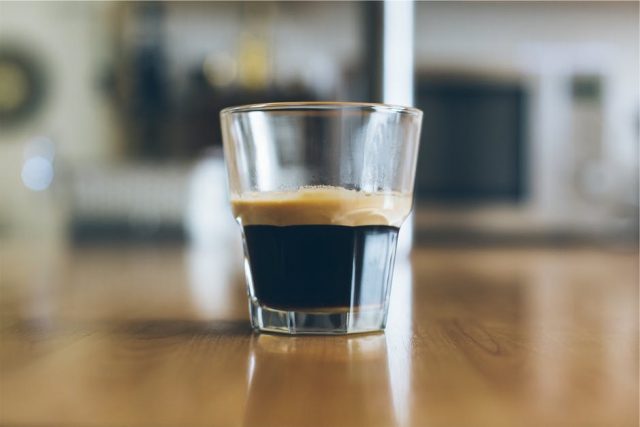
Espresso is famous for its body. Source: Edan Cohen
What is mellow?
Let's start with the basics: Body is the structure and texture of coffee, and Scott Rao defines body in The Professional Barista's Handbook as "the weight or fullness of the beverage felt in the mouth."
Since body is an element of taste, you know there will be differences, and in The Coffee Dictionary Maxwell writes that "it would be interesting to imagine that you could feel coffee that was light but thick, or coffee that was full but juicy." Fullness is not something we taste, but something we feel. However, this can affect the overall flavor of coffee, as flavor is a combination of many elements-taste, aroma, texture, and even sound and vision.
In the author's experience as a barista, body is one of the three elements coffee drinkers seek (the other two being bright acidity and clear flavor).
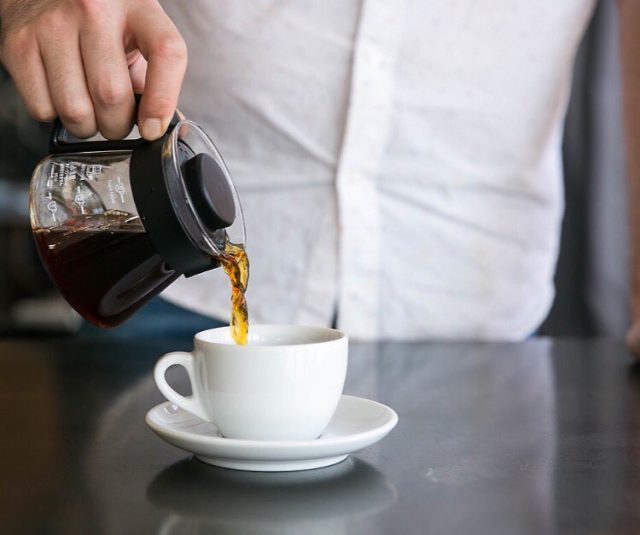
Source: Estate Coffee Company
a body that is difficult to explain scientifically.
If we want to emphasize the body of the coffee, we need to know how to do it, and this comes to extraction. Extraction is the extraction of flavor and aroma components from coffee powder in the process of contact with water, and then brewed into good coffee.
During extraction, substances are divided into soluble and insoluble substances. Soluble substances are diluted in water, while insoluble substances are solids and oils floating on the surface of the liquid. These are probably protein molecules and fibers, and these insoluble substances, especially oils, are things that increase body.
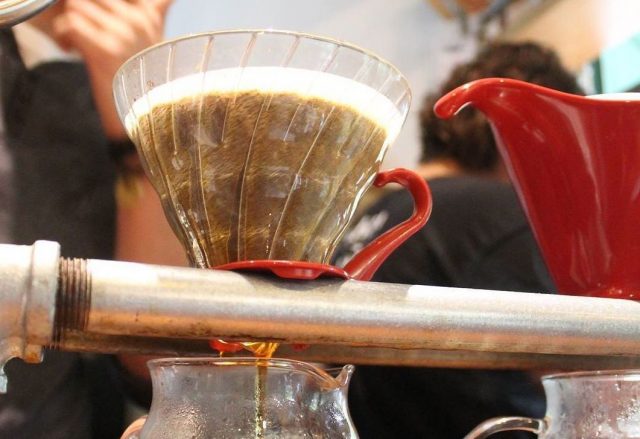
Brew with V60 and filter paper, this way will reduce the fat in coffee, Source: Rojo Cerezo
Why do some coffees taste better than others?
There are many factors that explain why some coffees taste fuller. Some coffee varieties are inherently more full-bodied, some are processed, brewed or filtered to give the coffee a full taste, and the roasting characteristics also create body.
Let's look at these factors, starting with the green beans and continuing through to the coffee.
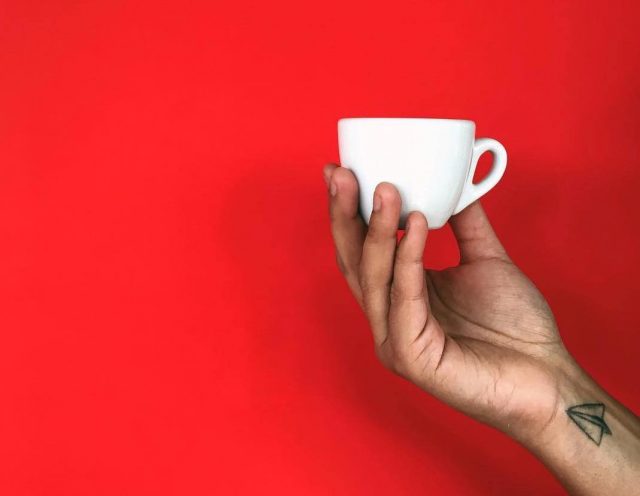
Some espresso coffee has a fuller taste, source: Rojo Cerezo
Green beans with good body
Some coffee varieties have more body than others. When the author first started making coffee, he brewed a Maracaturra coffee from Guatemala El Socorro. It has peach flavor, and when cooled, it can be drunk with slight whiskey flavor, caramel texture and round and full taste. Then the author fell madly in love with this type of coffee bean.
On the other hand, the author thinks his former favorite Pacamara variety is very tasty, with rich fruit flavors, mostly stone fruits, and good chocolate flavors. However, it usually has only a moderate body.
And then there's Rosedale, the most respected coffee in the coffee industry, which is known for its delicate, tea-like body, which creates a coffee experience very different from Mara Caturra.
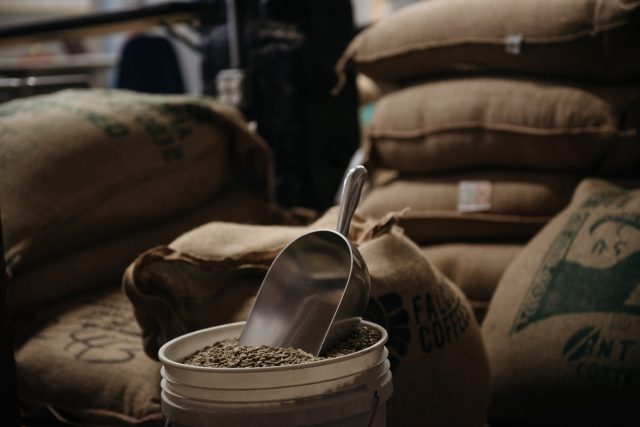
Honduras Pacas variety to be roasted, Source: Metric Coffee Co.
If you get a low-body coffee, you have three choices: follow the coffee's low-body characteristics and try to emphasize its body through processing, roasting, brewing, or blending beans to achieve a better performance of the coffee's body.
Washed coffee often exhibits a finer taste: clarity and clean flavor are more important than taste. Sun-treated coffees, on the other hand, are expected to have a heavier and more rounded taste.
Honey treatment is also linked to body, generally speaking, if the more pectin layer of the outer layer of the coffee fruit is retained during treatment, the higher the body will be. Black honey treated coffee has a syrupy taste and sweetness.
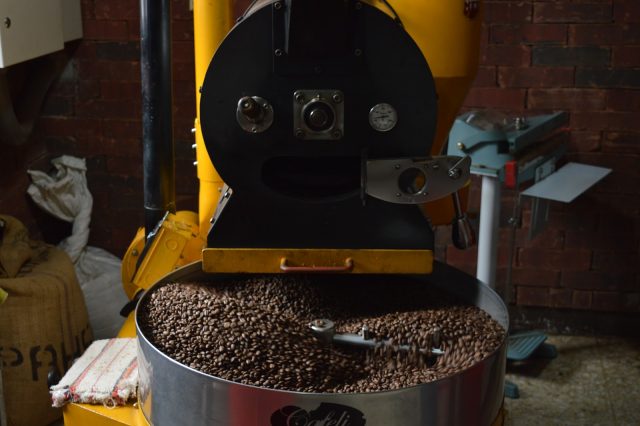
Freshly roasted coffee, source: Gerónimo López
How do you bake it to full body?
Raw beans can be fortified or reduced in body by baking, depending on how you want to play the bean. To be clear, darker roasts are generally considered to be more full-bodied, but as Matt Perger points out, the color of coffee beans is not necessarily related to roasting. Roasting is a complex process involving a combination of conditions, and good roasters can control the temperature to emphasize the flavor characteristics they want through baking.
For example, green bean vendors Sweet Maria's control the timing of baking to the first pop to emphasize the body they want, and if the process is done correctly, the development at the first pop can increase the body. The green bean vendor said in a post: "This syrupy taste is related to carbohydrates, and the development of a burst increases the intensity of the body."」
In addition, Rob Hoos mentions in his book "Controlling Coffee Flavor Properties" that if roasters use the Maynard reaction, they produce more caramelized substances, in other words, increase the body of the coffee.
However, if the beans are over-roasted during roasting, this development may stall, leaving the roasted coffee with a roasted blemish. This creates a bland and monotonous drink. Everything that happens in the beans during roasting must be balanced in order to make coffee with good flavor characteristics through roasting.
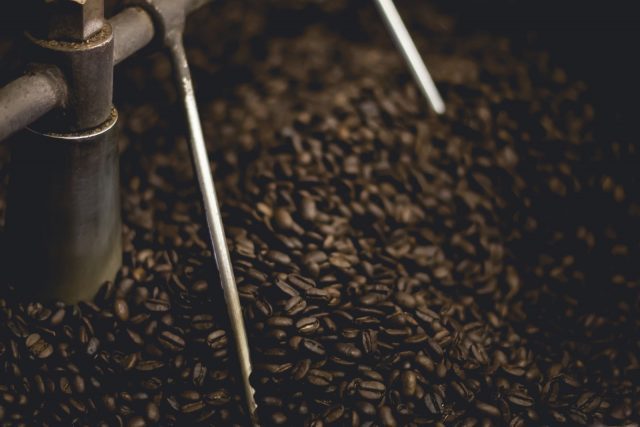
Roasted and cooled coffee beans, source: Bo Smith
How to get out of the mellow
Since fat brings body, the fat you leave behind in the brewing process and filtration process will have a great impact on the body of the coffee that comes out, and these brewing methods vary greatly.
Hand washing, usually using a scale, usually comes in two extremes: high body vs. low clarity, and high clarity vs. low body. For example, coffee brewed in French press pots has a high body, on the other hand, hand-brewed coffee generally has a higher clarity. Philo pressure is known for its flexibility in brewing changes: you can use it to punch out body or clarity, depending on your mood.
One of the reasons for the high body of the French press is because of the metal strainer. Filter paper absorbs a lot of fat in coffee, while metal filters allow fat to filter into coffee. Chemex cups, in contrast to French presses, produce clean coffee, probably because of the thicker filter paper. If you have both a metal strainer and filter paper handy, you have more flexibility to determine the taste of your coffee.
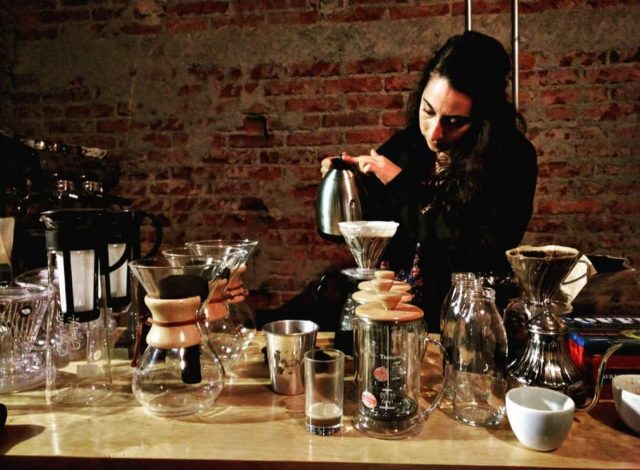
Beatriz Macias hand-brews coffee, which usually doesn't have a high body. Source: Alejandro Escobar , Pare de Dormir Brew Bar
And of course, espresso coffee, which has a higher body because it's brewed with a higher proportion of powder and water than other brewing methods, and espresso coffee extracts coffee powder substances through pressure rather than gravity, and this pressure creates Crema, and this golden-brown substance floating on the surface is made up of fat and caramelized substances, which is why it creates body.
You can create more or less body by adjusting the ratio of powder to water or strength, but watch out for under-or over-extraction, as over-extracted coffee tastes hollow, as Matt Perger mentioned in Barista Hustle.
Also don't forget that many beverages are blended with milk, and the type of milk-whole, skim, soy or milk-can affect body. Good milk adds creamy and sweet flavor to beverages.
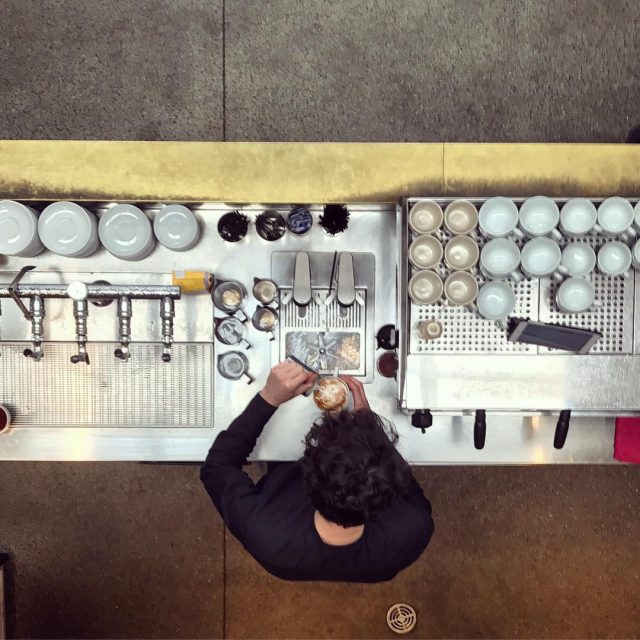
Barista blends milk into latte, source: Mecca Coffee
Good body quality sounds simple, but it's actually complicated, but the beauty of fine coffee is that we can clearly know and control coffee flavor.
So experiment with the above information and work on the body to find out what flavor you like.
Important Notice :
前街咖啡 FrontStreet Coffee has moved to new addredd:
FrontStreet Coffee Address: 315,Donghua East Road,GuangZhou
Tel:020 38364473
- Prev
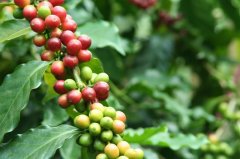
The "basic requirements" of professional baristas what do you need to learn in SCA barista international certification
Professional barista communication Please follow Coffee Workshop (Wechat official account cafe_style) Barista may be a cool and romantic career for many people, but for us, there are many meanings behind these three words, including the pursuit of a cup of coffee, understanding of equipment, mastery of the bar, but also attention to customer service, simply put, we must
- Next
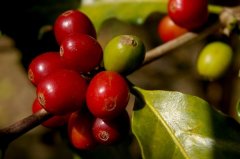
Characteristics of Coffee planting in Xidamo Coffee producing area what are the characteristics of coffee plantation in Guji producing area?
Professional barista exchange please follow the coffee workshop (Wechat official account cafe_style) Ethiopia washed Sidamo G1 Valley Jikol Shamakanisha Nisha processing plant LOT#2 (Ethiopia Washed Sidama Guji Kercha Mokonisa Mill Lot#2) flavor description: apricot peach, lemon, sweetened peach, tender ginger, floral notes, juicy and rich taste, sweet sugar, citrus
Related
- Beginners will see the "Coffee pull flower" guide!
- What is the difference between ice blog purified milk and ordinary milk coffee?
- Why is the Philippines the largest producer of crops in Liberia?
- For coffee extraction, should the fine powder be retained?
- How does extracted espresso fill pressed powder? How much strength does it take to press the powder?
- How to make jasmine cold extract coffee? Is the jasmine + latte good?
- Will this little toy really make the coffee taste better? How does Lily Drip affect coffee extraction?
- Will the action of slapping the filter cup also affect coffee extraction?
- What's the difference between powder-to-water ratio and powder-to-liquid ratio?
- What is the Ethiopian local species? What does it have to do with Heirloom native species?

